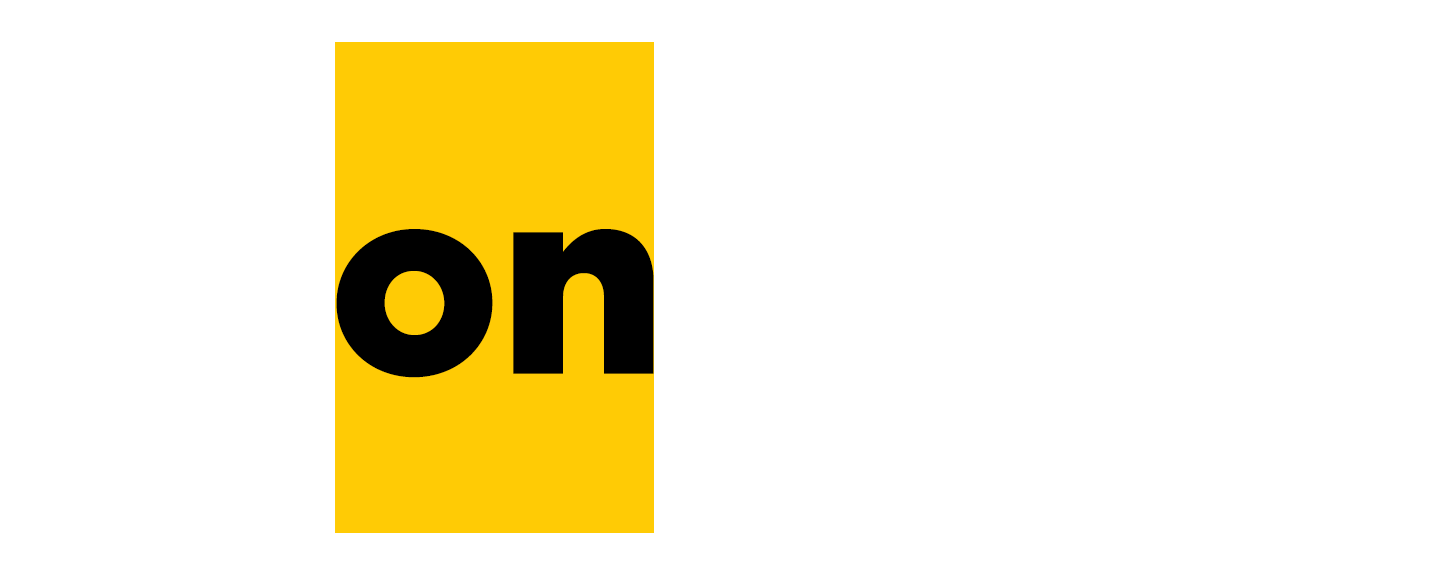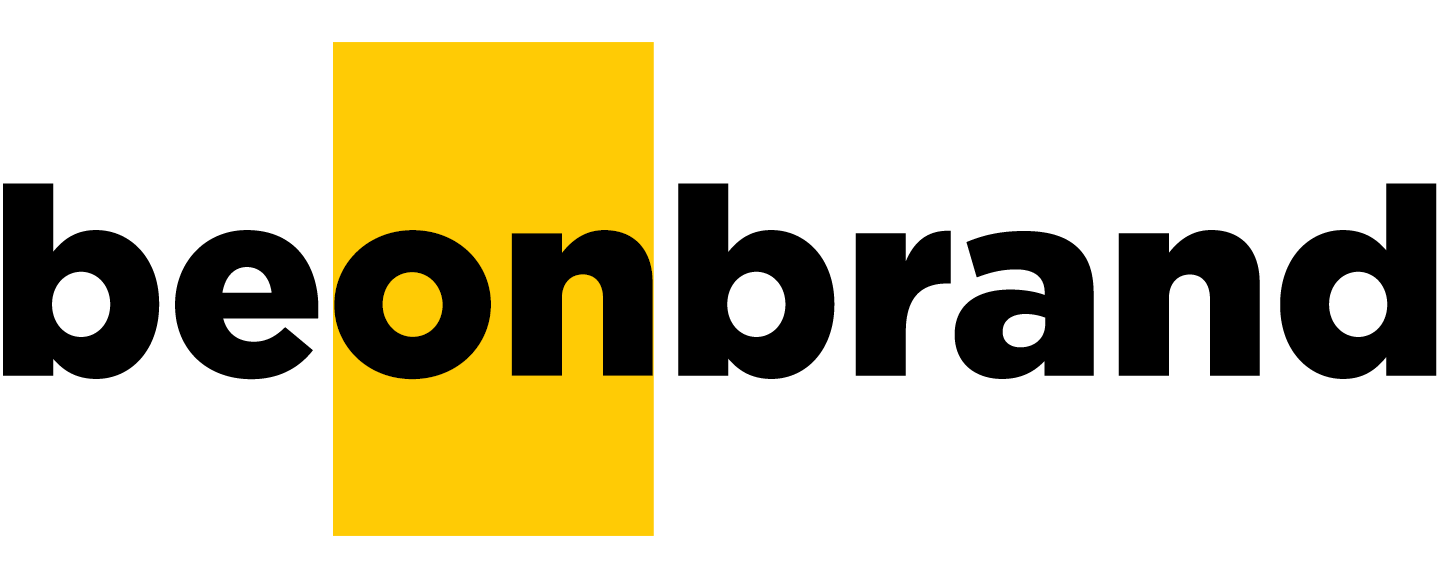

Understanding Inbound Marketing in Higher Education
Inbound marketing for higher education is about creating and sharing content that is specifically designed to appeal to your ideal students. By creating content that addresses the interests and needs of your prospects, you can attract qualified leads to your website and social platforms, engage them with more information and interaction, and delight them by continuing to provide value even after they've enrolled.

Step 1: Define Your Goals and Target Audience
Goals Setting
Begin by setting clear, measurable goals for your campaign. Are you looking to increase undergraduate enrollment? Boost your graduate programs? Or perhaps improve your institution’s brand awareness? Setting SMART (Specific, Measurable, Achievable, Relevant, Time-bound) goals will provide direction and help measure the success of your campaign.
Identifying Your Target Audience
Understanding who you are trying to reach is crucial. Create detailed personas for your prospective students, considering factors such as age, interests, academic goals, and challenges. This will guide your content creation, ensuring it resonates with your intended audience.

Step 2: Content Creation and Optimization
Developing a Content Strategy
Based on your target audience, develop a content strategy that addresses their questions, concerns, and interests. Content types can include blog posts, ebooks, infographics, webinars, and more. Each piece of content should be optimized for search engines (SEO) to increase visibility. Use keywords relevant to your audience’s search queries, and ensure your content is informative and engaging.
Visual Content
Incorporate visual content like hyperrealistic images, videos, and virtual tours to provide a richer experience. These visuals can enhance your storytelling, making it easier for prospective students to visualize themselves at your institution.

Step 3: Utilize Social Media and Email Marketing
Social Media
Social media platforms offer a powerful way to share your content and engage directly with your target audience. Tailor your content to fit each platform’s unique format and audience preferences. For example, use Instagram for visual storytelling and Twitter for quick updates and news sharing.
Email Marketing
Email marketing allows for more personalized communication with prospective students. Use segmented lists to send tailored information, keeping leads engaged throughout the decision-making process. Include calls-to-action (CTAs) that guide them towards the next steps, whether it’s applying, scheduling a campus visit, or signing up for a webinar.

Step 4: Analyze and Adjust
Monitoring Performance
Use analytics tools to monitor the performance of your inbound marketing campaign. Track metrics such as website traffic, engagement rates, conversion rates, and ROI. This data will provide insights into what’s working and what needs improvement.
Continuous Improvement
Inbound marketing is an ongoing process. Based on your analysis, continuously refine and adjust your strategies. Experiment with different types of content, channels, and messaging to see what resonates most with your audience.

Conclusion
Inbound marketing offers higher education institutes a dynamic and effective way to attract, engage, and delight prospective students. By understanding your audience, creating valuable and optimized content, leveraging social media and email marketing, and continuously analyzing and adjusting your strategy, you can build a successful inbound marketing campaign that meets your enrollment and engagement goals.
Remember, the key to inbound marketing success lies in providing value. Focus on helping your prospective students solve their problems and achieve their goals, and you’ll not only attract them to your institution but also build lasting relationships.
As you embark on this journey, consider each step as an opportunity to learn more about your audience and refine your approach. With dedication, creativity, and strategic planning, your inbound marketing campaign can significantly impact your higher education institute’s success.

Share this article
Interested in learning more ?



1 Comment
Comments are closed.